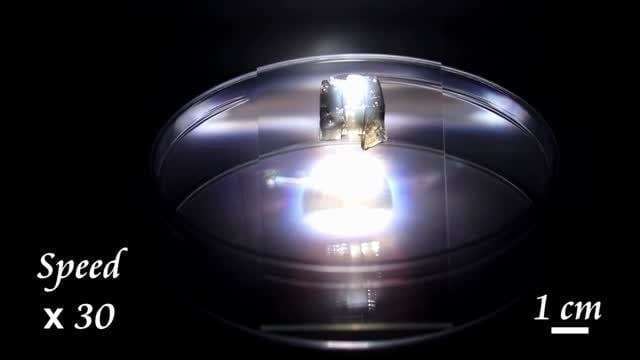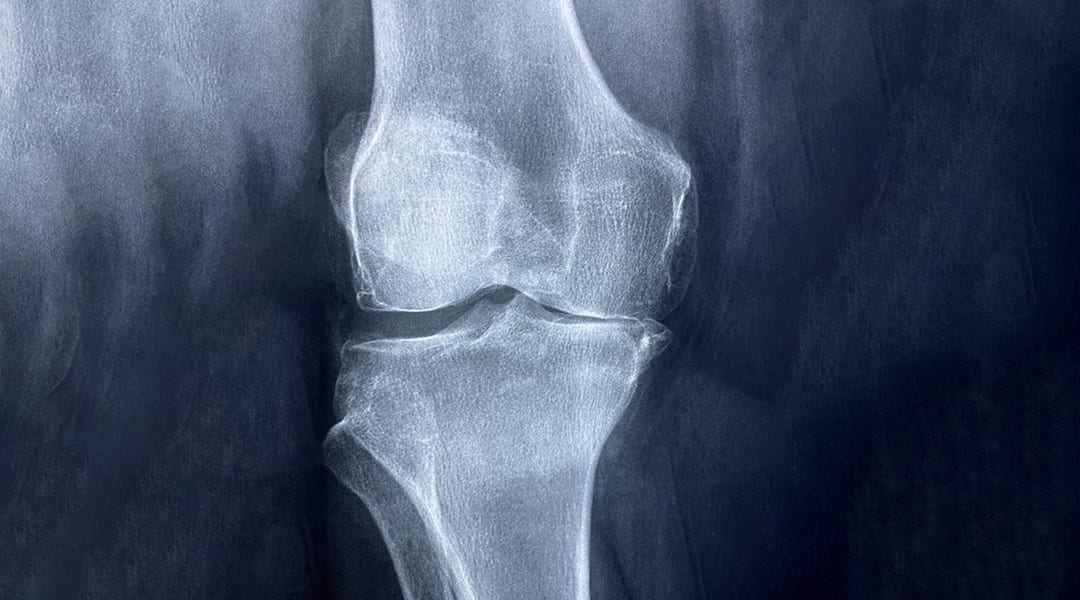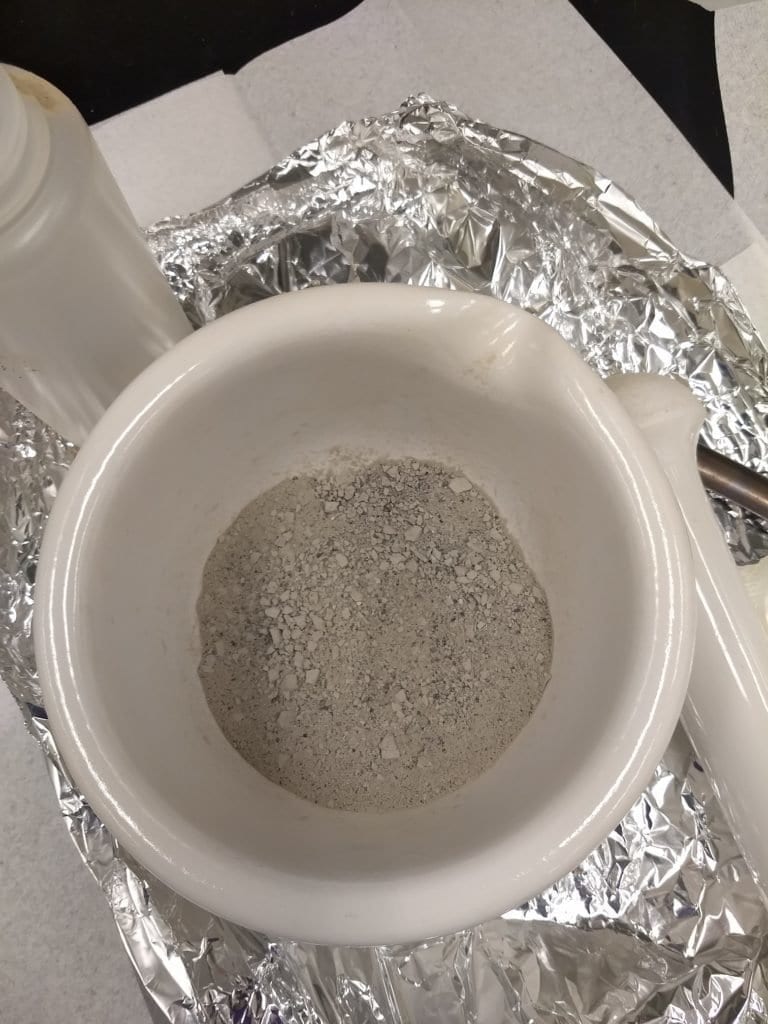
Access to clean water remains one of the biggest challenges facing humankind. A breakthrough by engineers at The University of Texas at Austin may offer a new solution through solar-powered technology that absorbs moisture from the air and returns it as clean, usable water.
The breakthrough, described in a recent issue of the journal Advanced Materials, could be used in disaster situations, water crises or poverty-stricken areas and developing countries. The technology relies on hydrogels, gel-polymer hybrid materials designed to be “super sponges” that can retain large amounts of water.
A research team led by Guihua Yu in UT Austin’s Cockrell School of Engineering combined hydrogels that are both highly water absorbent and can release water upon heating. This unique combination has been successfully proved to work in humid and dry weather conditions and is crucial to enabling the production of clean, safe drinking water from the air.
With an estimated 50,000 cubic kilometers of water contained in the atmosphere, this new system could tap into those reserves and potentially lead to small, inexpensive and portable filtration systems.
“We have developed a completely passive system where all you need to do is leave the hydrogel outside and it will collect water,” said Fei Zhao, a postdoctoral researcher on Yu’s team and co-author of the study. “The collected water will remain stored in the hydrogel until you expose it to sunlight. After about five minutes under natural sunlight, the water releases.”
This technology builds upon a 2018 breakthrough made by Yu and Zhao in which they developed a solar-powered water purification innovation using hydrogels that cleans water from any source using only solar energy. The team’s new innovation takes that work a step further by using the water that already exists in the atmosphere. For both hydrogel-based technologies, Yu and his research team developed a way to combine materials that possess both hygroscopic (water-absorbing) qualities and thermal-responsive hydrophilicity (the ability to release water upon simple heating).
“The new material is designed to both harvest moisture from the air and produce clean water under sunlight, avoiding intensive energy consumption,” said Yu, an associate professor of materials science and mechanical engineering.
Harvesting water from moisture is not exactly a new concept. Most refrigerators keep things cool through a vapor condensation process. However, the common fridge requires lots of energy to perform that action. The UT team’s technology requires only solar power, is compact and can still produce enough water to meet the daily needs of an average household. Prototype tests showed daily water production of up to 50 liters per kilogram of hydrogel.
Representing a novel strategy to improve upon atmospheric water harvesting techniques being used today, the technology could also replace core components in existing solar-powered water purification systems or other moisture-absorbing technologies.
Learn more: Solar-Powered Moisture Harvester Collects and Cleans Water from Air
The Latest on: Solar-powered moisture harvester
[google_news title=”” keyword=”solar-powered moisture harvester” num_posts=”10″ blurb_length=”0″ show_thumb=”left”]
via Google News
The Latest on: Solar-powered moisture harvester
- East Palestine derailment damaged my farm, open my eyes. Ohio needs solar programson May 9, 2024 at 3:07 am
Opinion: The environmental consequences of the East Palestine train derailment made me appreciate the value of clean energy.
- Best Solar Companies of 2024on May 4, 2024 at 2:15 am
Sunlux, Project Solar and Freedom Solar Power are our top picks. If you’re ready to go solar but aren’t sure where to start, you’re not alone. ConsumerAffairs is here to help you evaluate ...
- Best Solar Panels For Homes Of 2024on April 30, 2024 at 4:10 am
Solar tax credits and rebates designed to reward solar power adopters are readily available as the renewable energy market continues to explode. It’s no wonder that so many are choosing home ...
- Devices for energy harvesting articles from across Nature Portfolioon April 25, 2024 at 5:00 pm
Ultralightweight perovskite solar cells that achieve ... The emerging moisture-electric harvester suffers from insufficient power output. Here, the authors report a green, efficient, and scalable ...
- Is There A Dark Side To Solar-Powered Irrigation Pumps?on April 5, 2024 at 2:18 pm
Ripan Deb, a 37 year old farmer putting water to his field through a solar-powered water pump which ... [+] was installed in his field with the help of the Government of Tripuras subsidised policy ...
- A Smarter Solar Water Heateron February 24, 2024 at 8:18 pm
Installing solar power at a home is a great way to reduce ... He’s devised this system for his water heater that takes care of some of this excess incoming energy. A normal water heater, at ...
- Solar Energyon June 26, 2023 at 12:04 am
On a much larger scale, solar-thermal power plants employ various techniques to concentrate the sun's energy as a heat source. The heat is then used to boil water to drive a steam turbine that ...
- Solar-powered water filter for clean drinking water (VIDEO)on July 12, 2022 at 12:03 pm
A new device that purifies water powered only by sunlight could help produce clean drinking water at low cost and little environmental impact. When placed in contaminated water, the gel soaks up ...
- The 9 Best Solar-Powered Outdoor Lights Brighten Up Your Homeon May 31, 2022 at 10:23 am
Because they are designed for outdoor use, most solar-powered lights offer decent water and weather resistance. The level of resistance varies from light to light; pay close attention to each ...
- Power Your Home With A Water Batteryon October 7, 2021 at 9:11 pm
[Quint Builds] attempts something up that alley by using solar power to pump water up onto his roof and later releasing it for power generation. (Video, embedded below.) Earlier [Quint] had built ...
via Bing News










